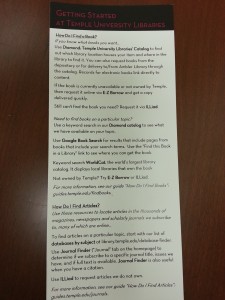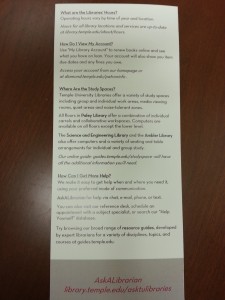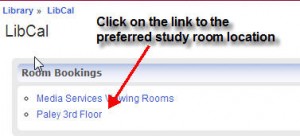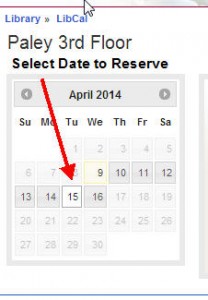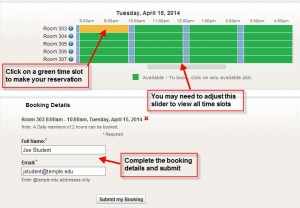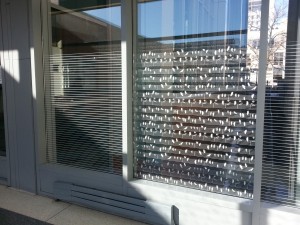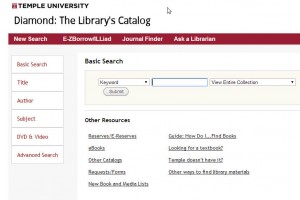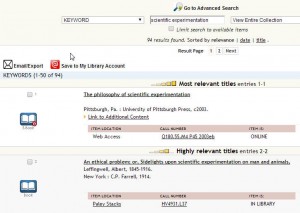With an article titled “The ‘Wild West’ of Academic Publishing”, Craig Lambert, writing in the January-February 2015 issue of Harvard Magazine, details the challenges that even universities with the resources of Harvard face as they attempt to navigate the scholarly publishing crisis.
Lambert examines two specific challenges. First, how can the existing 105 university presses survive in an environment where it is increasingly difficult to sell more than a few hundred copies of a scholarly monograph. Second, how can higher education bring sensible reform to a badly broken system of scholarly article publishing that has faculty giving away content to publishers (both commercial and non-profit societies) that sell back the content to academic libraries at subscription prices that cannot be rationalized.
Is open access publishing a possible solution? Lambert dives into the question, and offers some possibilities by profiling a few experiments in approaching scholarly publishing in an entirely different way. This article provides insight into the scholarly publishing crisis, and could well serve as material for a conversation in academic departments where there are concerns about the future of scholarly publishing.

